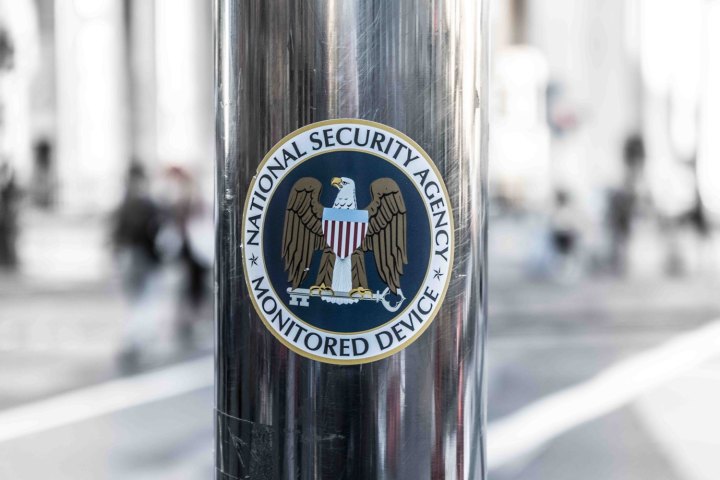
The surveillance requests are for email or telephone intercepts. If granted, which is apparently always, they generally are carried out with the assistance of Internet telecommunications service providers.
The Foreign Intelligence Surveillance Court was founded in 1978 to hear requests by law enforcement and intelligence agencies to conduct surveillance on foreign suspects present in the U.S. It stands to reason that if you’re spying on spies, it’s better not to ask for permission in open court and leave a public paper trail.
The secretive court was set up to scrutinize the requests in secret, in order to ensure compliance with applicable civil rights requirements. That all makes sense. That every single request is essentially approved, however, seems at least curious if not a bit off. The government response about its perfect record of approvals is that the FBI and NSA are very careful when applying for surveillance and that the court at times modifies the requests. In 2014, 19 requests were modified, in 2015, 80 were altered.
The Foreign Intelligence Surveillance Court hears more than surveillance requests. The FBI can also file National Security Letters (NSLs), asking Internet and telecommunications providers for customer information on foreign residents and U.S. citizens. Some NSLs ask for subscriber names, addresses, and billing information only, while others also request browsing history. The majority of information requests also come with a gag order, prohibiting the companies from informing customers of the requests. No information was provided showing the number of NSLs that were approved or denied.



